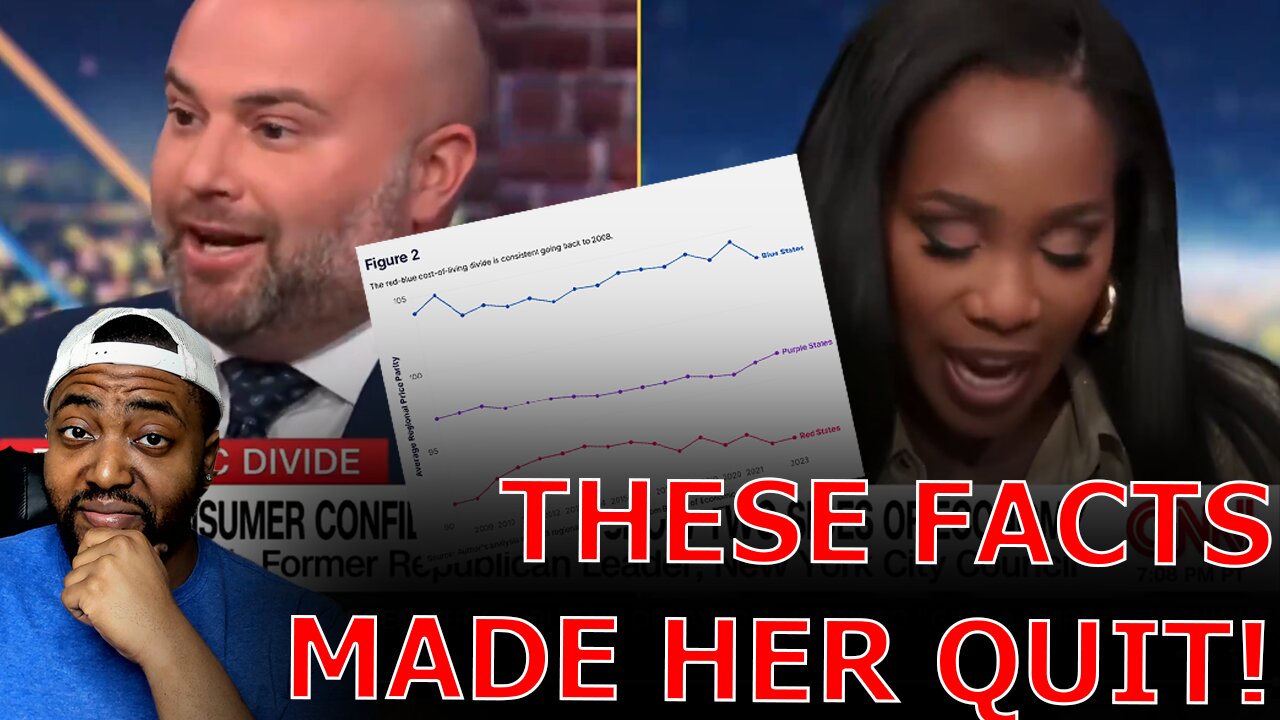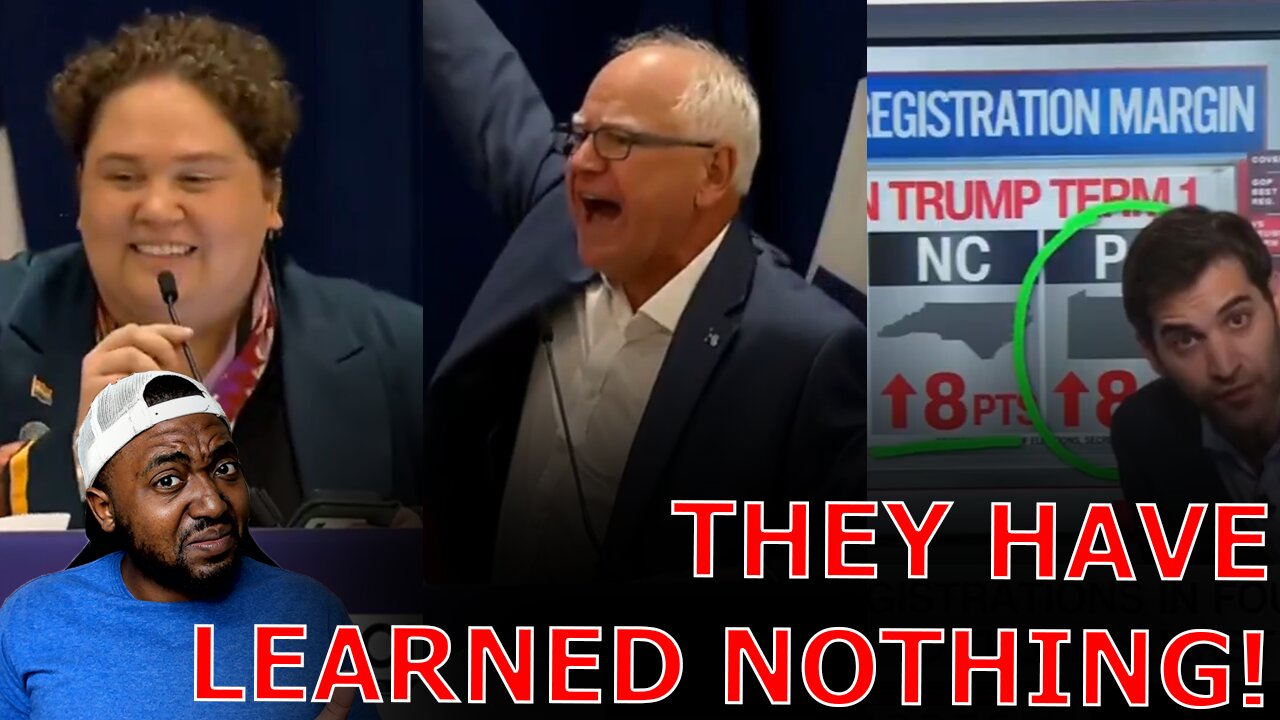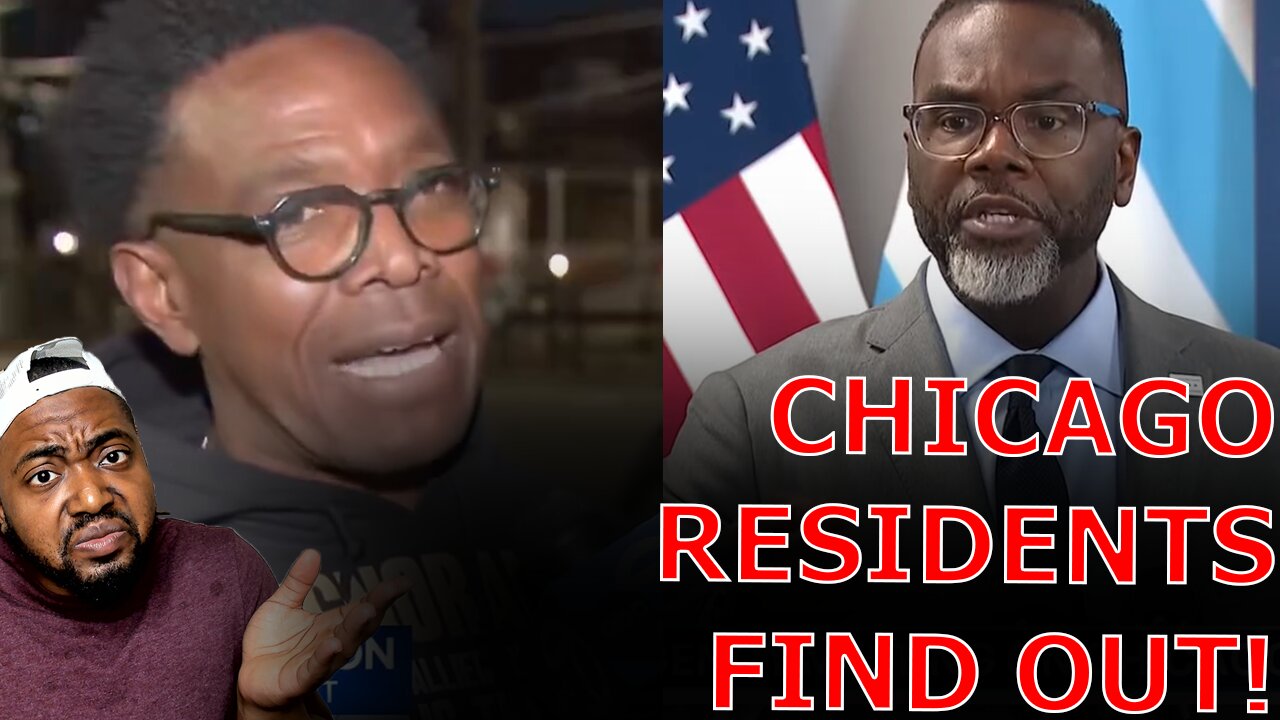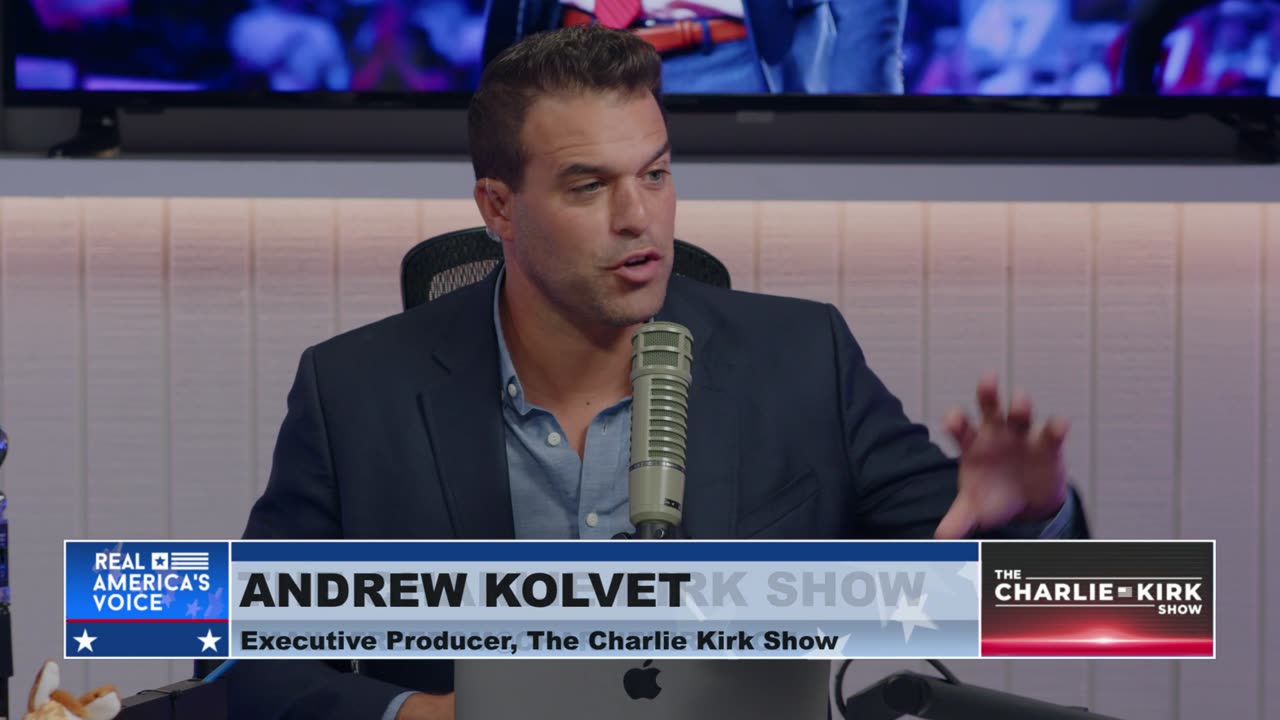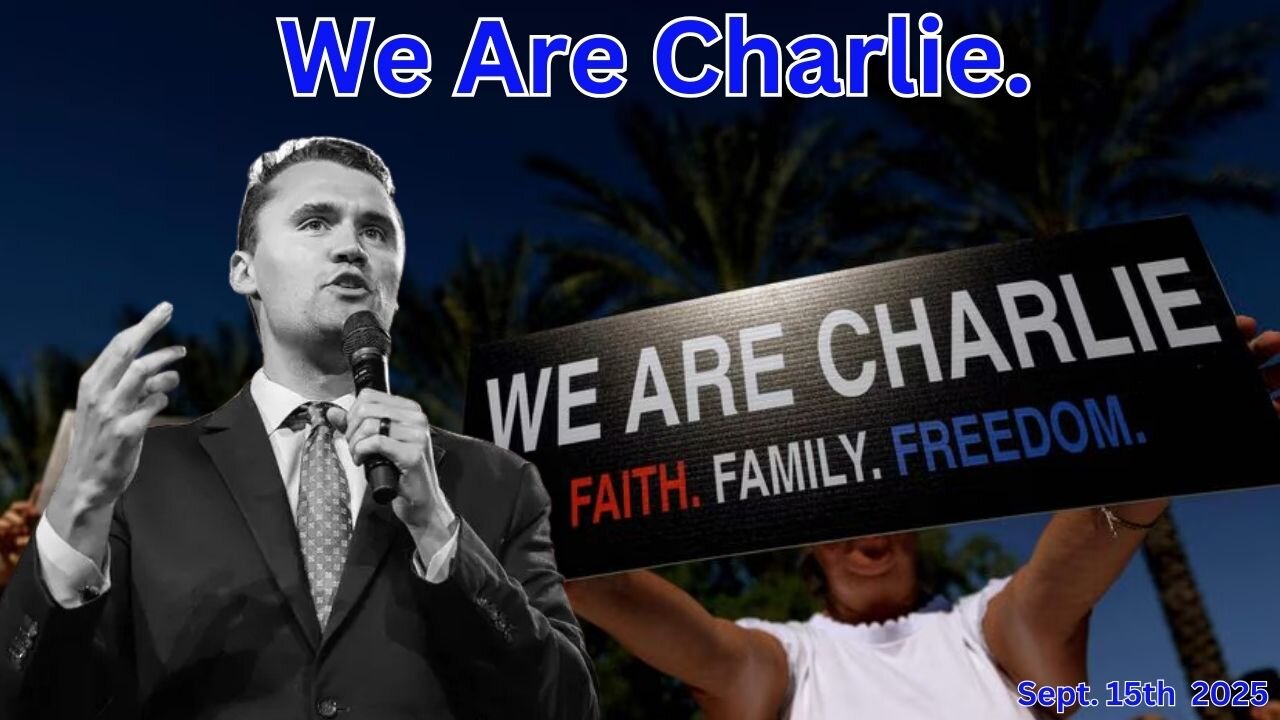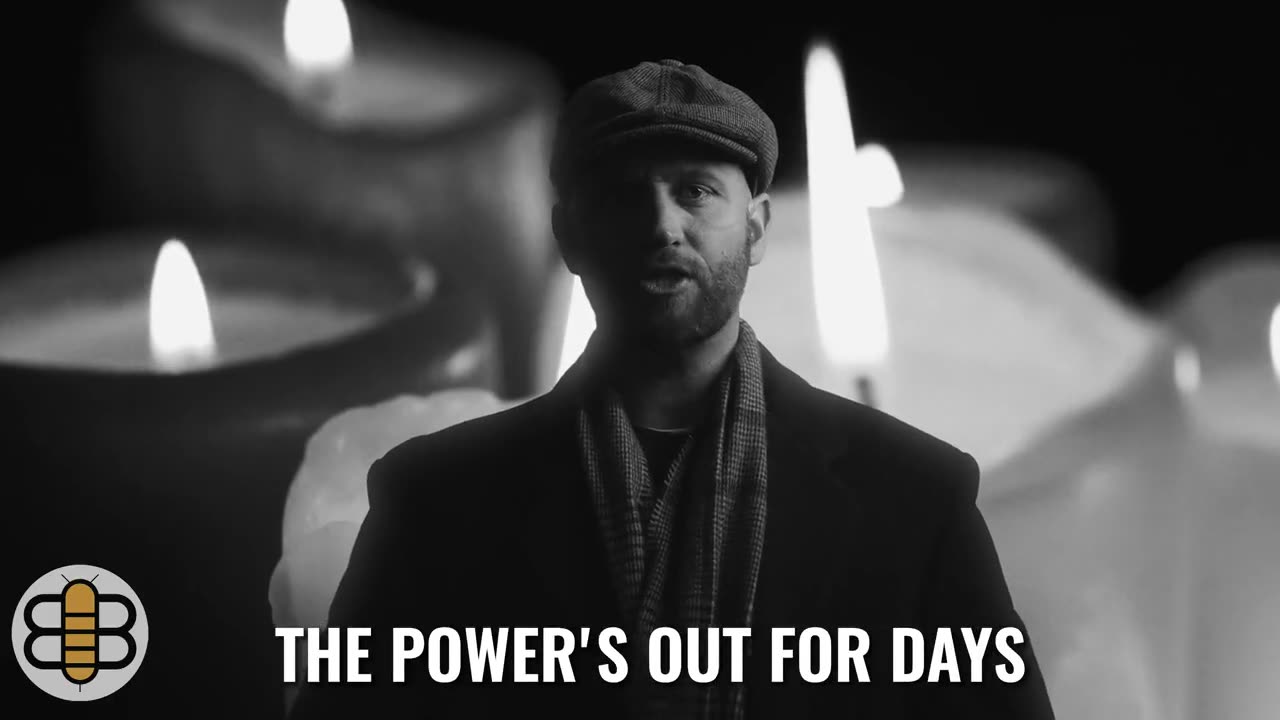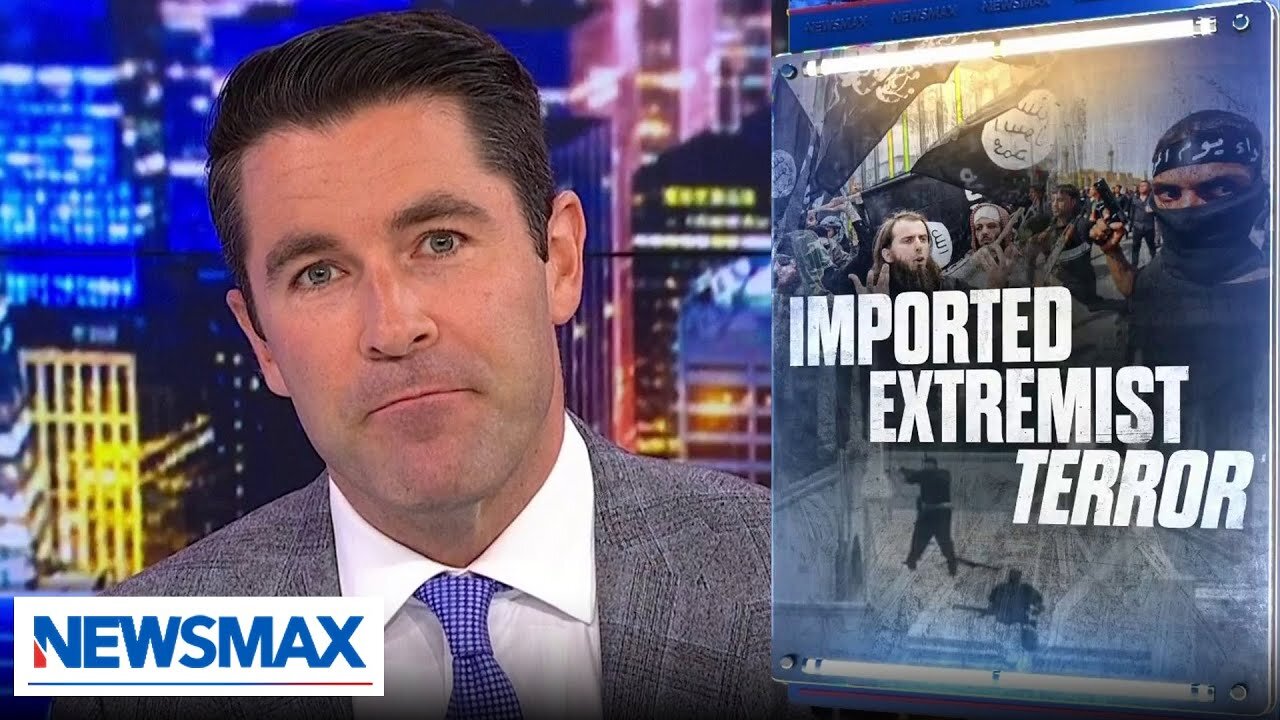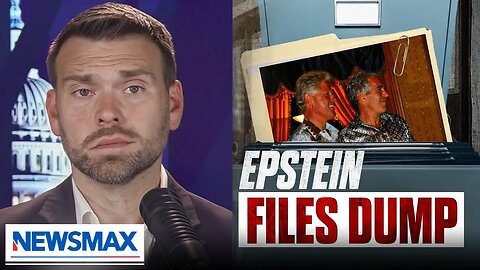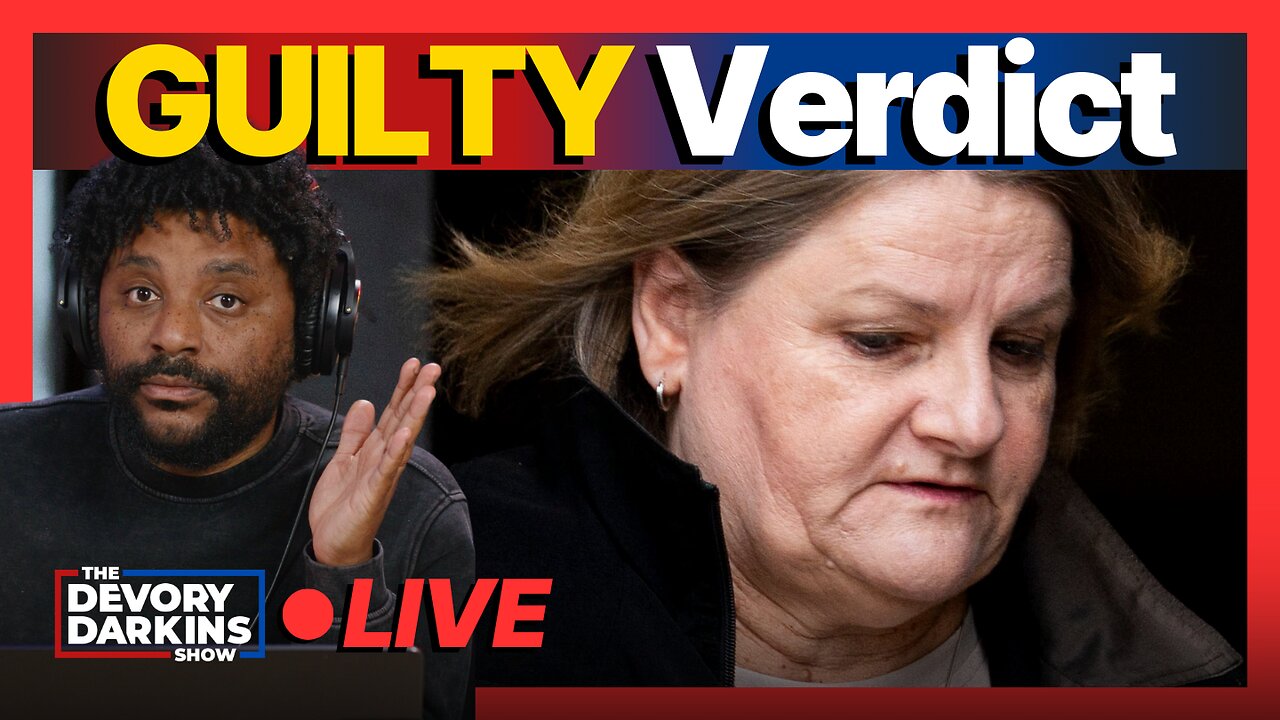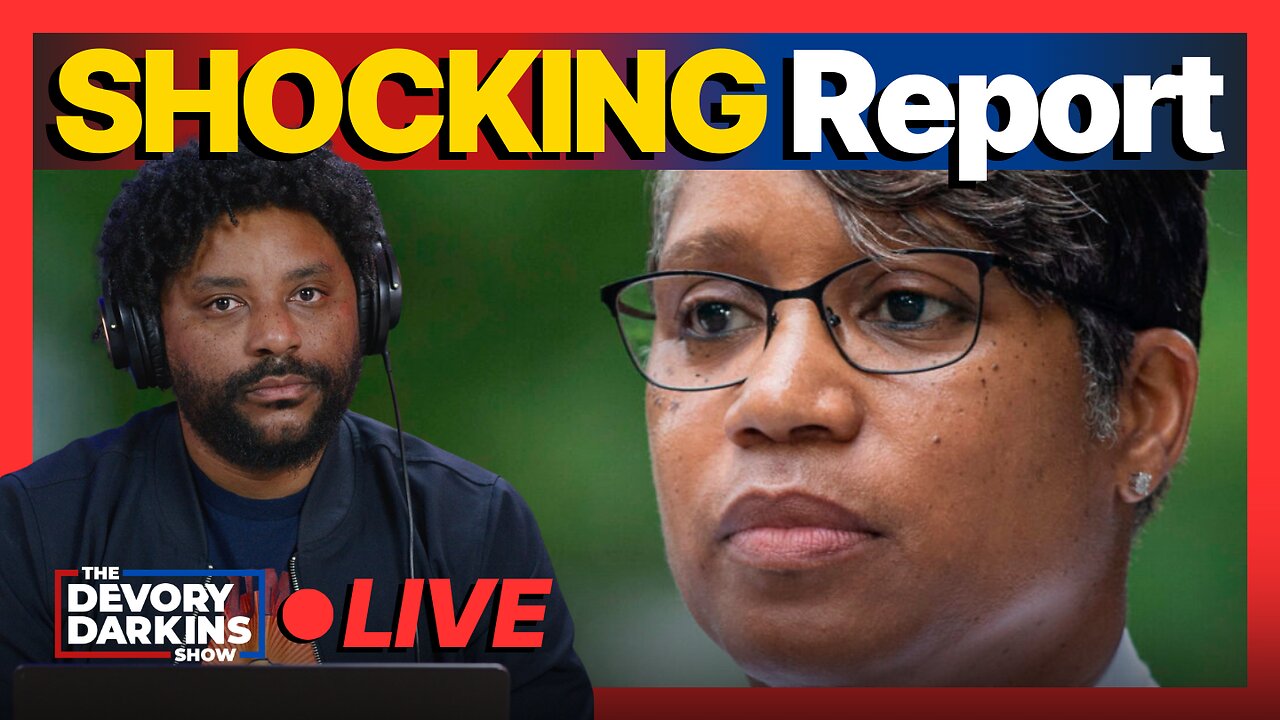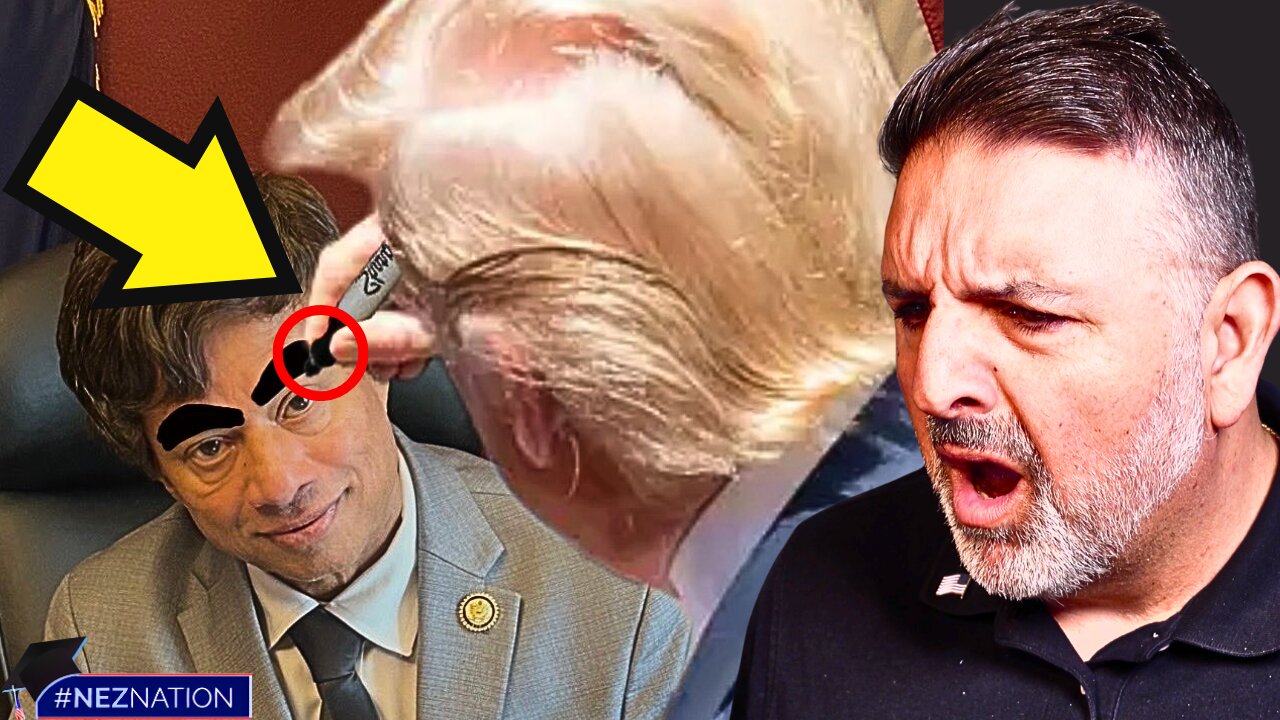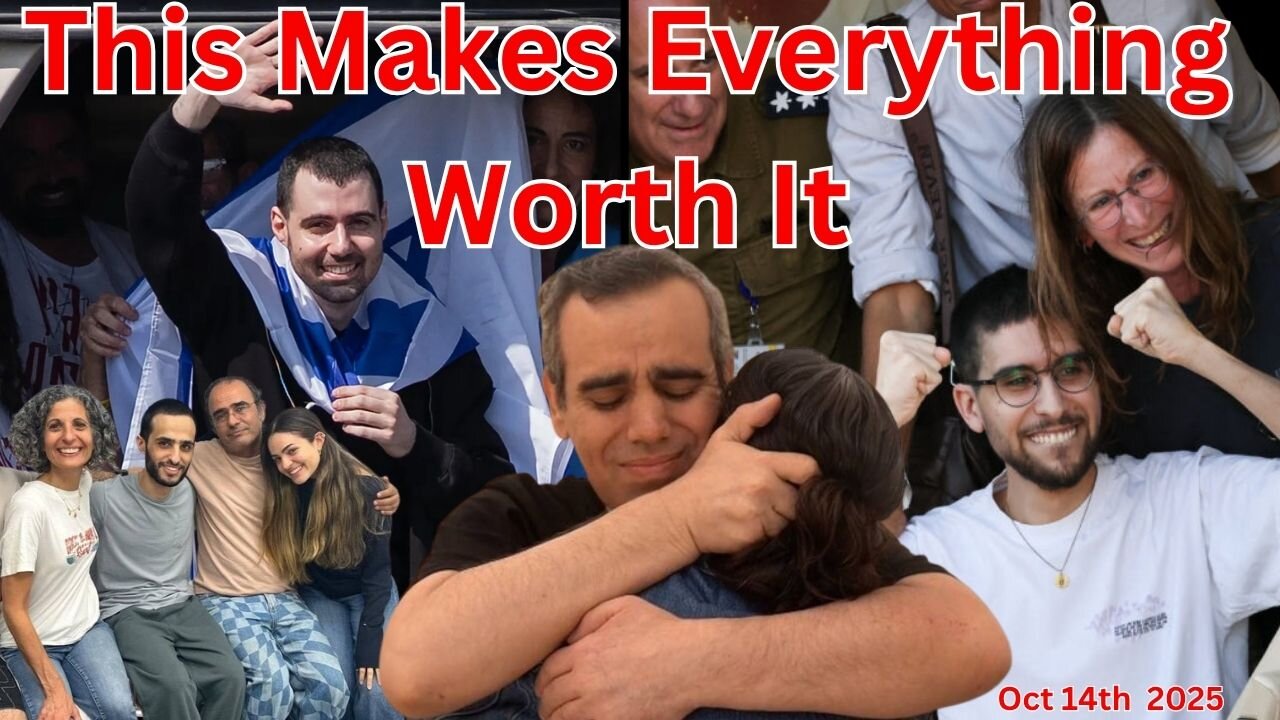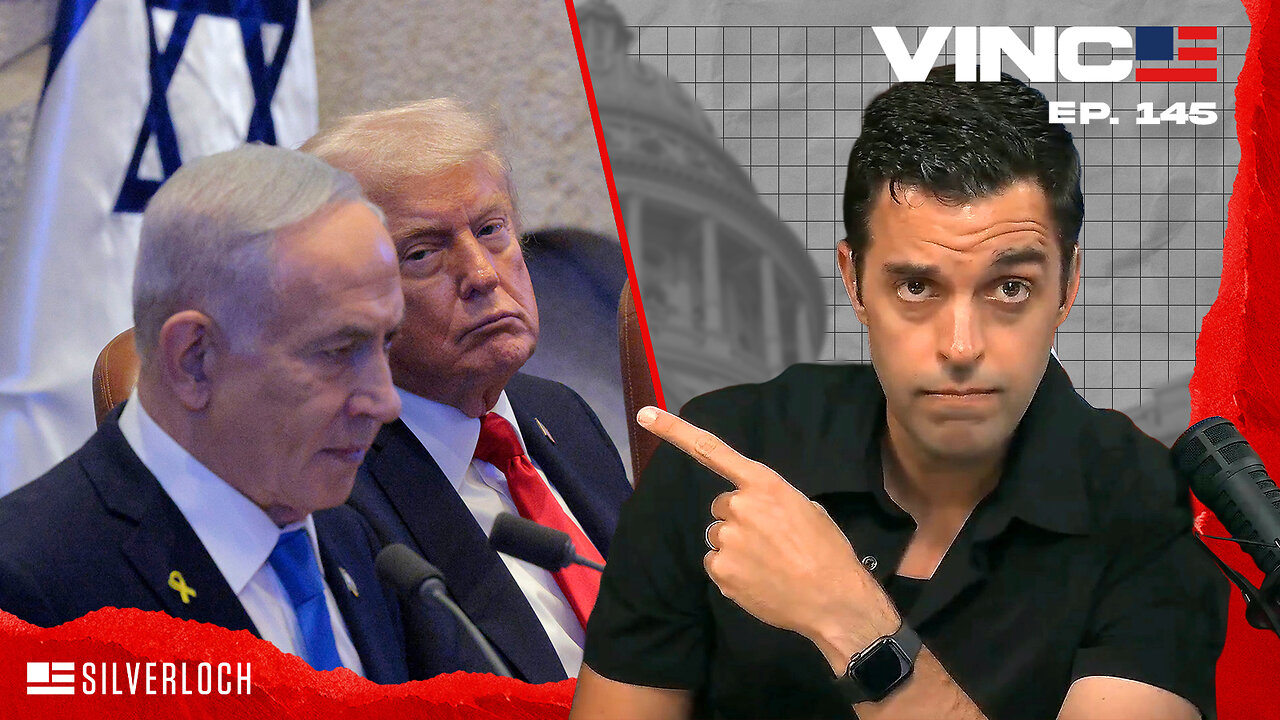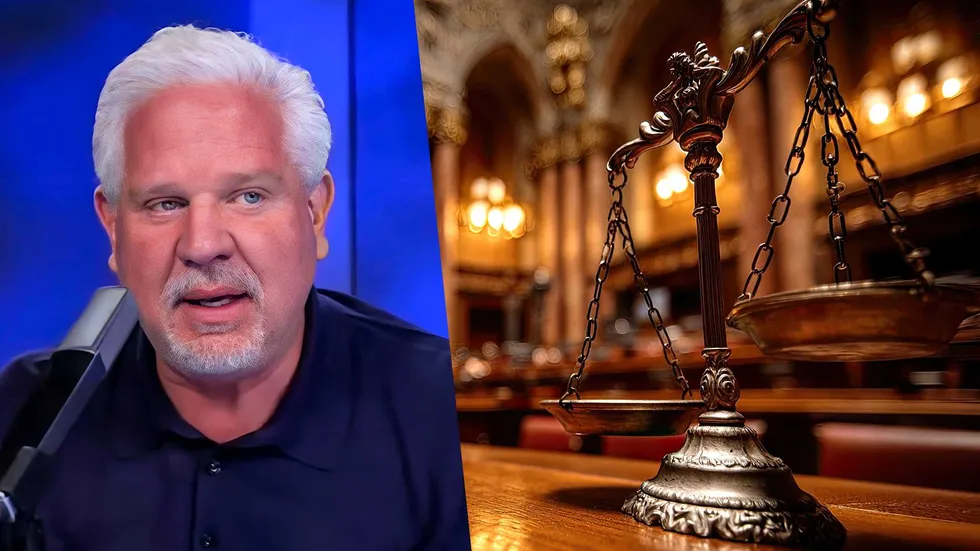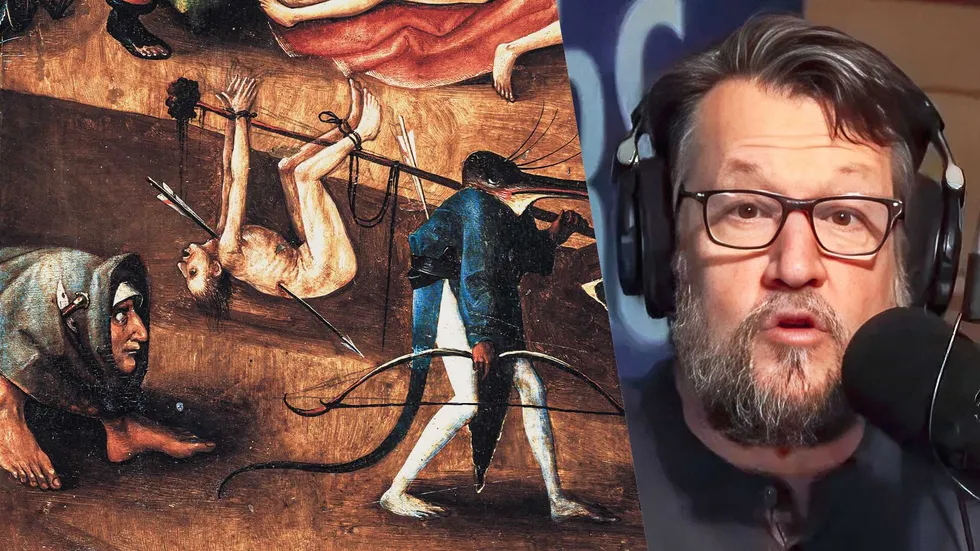Austin DA Jose Garza is George Gascon 2.0

There is an old saying that imitation is the sincerest form of flattery. Typically, when we hear or use that expression, it is meant as a compliment.
Live Your Best Retirement
Fun • Funds • Fitness • Freedom
But depending on the circumstances, that may, or may not be, a compliment. The full expression, often attributed to Oscar Wilde, is “imitation is the sincerest form of flattery that mediocrity can pay to greatness.”
In other words, a copycat is not to be applauded but rather seen as someone who has nothing original or unique to offer.
So, when we say that Travis County Texas District Attorney Jose Garza’s policies remind us of those implemented by former Los Angeles County District Attorney George Gascon, it is decidedly not meant to be a compliment. Garza’s policies, each of which are pro-criminal, anti-victim, and unsupportive of law enforcement, are eerily similar to those of Gascon, and in some cases, carbon copies.
Gascon’s policies resulted in a massive spike in crime in the City of Angels during his tenure in office. Last year, the voters of Los Angeles finally connected the dots between high crime rates and Gascon’s policies, voted him out of office, and installed a law-and-order district attorney.
In this article, we provide a side-by-side comparison of Garza’s policies with Gascon’s policies, analyze the crime trends in both cities under both men, and conclude that Garza is essentially Gascon 2.0.
George Soros—Godfather of the Rogue Prosecutor Movement
Before diving into Garza’s policies, it helps to step back and briefly remind everyone of the origin, beliefs, and playbook of the “progressive prosecutor” movement, and the man who bankrolled this failed social experiment.
In 1969, George Soros opened his first hedge fund, and in 1973, he opened his second. Following a number of bullish and bearish moves over the next decade, he made his debut as a billionaire philanthropist by establishing an organization called Open Society Foundations in 1984.
According to the Open Society Foundations website, Soros has given away over $32 billion to the Foundations.
One of us (Stimson) wrote in a book on the Soros-funded rogue prosecutor movement. In the book’s second chapter, it was noted that as of June 2022, Soros had spent more than $40 million on direct campaign spending to elect local district attorneys.
Soros himself took to the pages of The Wall Street Journal in July 2022 and penned an op-ed on why he financially supports progressive prosecutors. He acknowledged that he has been involved “in efforts to reform the criminal justice system for more than 30 years.”
According to the Law Enforcement Legal Defense Fund, an organization that tracks Soros spending on local district attorney races, to date, Soros or Soros-affiliated organizations have spent more than $50 million in direct campaign spending, and up to $1 billion in indirect campaign spending such as “media relations, sponsored academic or think tank papers, lobbying campaigns, and grassroots organizing.”
The Rogue Prosecutor Movement
The movement began around 2015, when people advising Soros convinced him that the entire criminal justice system was racist, and that the only way to “reform” the system was to reverse engineer and dismantle the system from the inside out. Their modus operandi was to recruit and fund criminal defense-oriented attorneys to run for the office of the county district attorney. Once elected, they would implement sweeping pro-criminal, anti-victim policies, and target police officers for alleged misconduct.
Kim Foxx, the former Cook County (Chicago) State’s Attorney, was the first Soros-backed rogue prosecutor. She was elected to office in early 2017 with the help of $400,000 from the Soros-funded Illinois Safety and Justice PAC, and $300,000 from the Civic Participation Action Fund.
Other household names followed, such as Larry Krasner (Philadelphia), Kim Gardner (St. Louis), Marilyn Mosby (Baltimore), George Gascon (Los Angeles), Chesa Boudin (San Francisco), and Rachael Rollins (Boston), and many other less infamous prosecutors. Of those listed above, only Krasner has survived in office, the rest leaving their offices in disgrace.
Each rogue prosecutor enacts a similar version of the Soros playbook by issuing new policy directives to all prosecutors in his/her office. They include:
- Don’t prosecute most misdemeanors.
- Water down many felonies to misdemeanors.
- Don’t ask for cash bail.
- Don’t prosecute violent juveniles as adults no matter what heinous crime they commit.
- Never seek the death penalty or life without parole sentences.
- Don’t add sentencing enhancements to increase sentences.
- Avoid charges that have adverse immigration consequences for illegal aliens.
- Ignore state victims’ rights laws.
- Give excessively lenient plea offers.
- Hire public defenders and criminal defense attorneys as advisers and prosecutors.
The animating force behind the rogue prosecutor movement is the prison abolition movement. Angela Davis, one of the most prominent leaders of the movement, has advocated for abolishing all prisons. In her bestselling book “Are Prisons Obsolete?,” Davis wrote that “prisons are racist institutions” which have become “a black hole into which the detritus of contemporary capitalism is deposited.”
Davis believes we have a “racist and class-based justice system” and that large numbers of people are in prison “simply because they are, for example, black, Chicano, Vietnamese, Native American or poor.”
To Davis and those inspired by her warped notion of the criminal justice system, sending a criminal, especially a minority, to prison is a form of modern-day slavery. Prisons are, in essence, according to Davis and others, modern day slave plantations.
Davis’s beliefs about the criminal justice system are shared by each Soros rogue prosecutor, including Garza.
Gascon’s Track Record
Gascon was elected Los Angeles County District Attorney in November 2020. Soros donated almost $2.5 million to the California Justice and Public Safety PAC, which supported Gascon. After Gascon was elected, but before he was sworn into office, he assembled a transition team populated by radical leftist activists, none of whom worked for pro-prosecution or any law-and-order organization. Many on his transition team had direct ties to Soros, as one of us (Stimson) outlined in this paper.
One minute after he was sworn into office, Gascon issued nine sweeping “Special Directives” to all deputy district attorneys to supersede entire chapters of the office’s existing legal policy manual. His diktats from the front office applied to virtually all potential cases, incoming cases, ongoing cases—and to those cases that had already been completed in which a defendant was convicted and serving a sentence.
Gascon hired several public defenders with no prosecutorial experience to serve as his senior advisers.
When read together, it was clear that the new special directives were designed to benefit criminal defendants, undercut hard-fought convictions, and prevent the fair application of the criminal law to most crimes going forward. If you had asked the criminal defense bar to craft special directives for a DA’s office to benefit their clients, this is what they would look like.
In addition to the list of pro-criminal directives listed in the section above, Gascon’s directives included:
- The creation of a habeas corpus litigation unit designed to unwind prior convictions obtained by the Los Angeles DA’s office.
- The creation of a “Conviction Integrity Unit” designed to review and unwind any case “in the interest of justice.”
- Resentencing. Any defendant who has served 15 years in prison (of a much longer sentence) must have his sentence re-evaluated and considered for “resentencing.” For all pending cases that had sentence enhancements added to the charges, prosecutors were required to drop the enhancements. Prosecutors were prohibited from attending parole hearings. And worst of all, Gascon ordered “expedited review of 20,000-30,000 cases with ‘out-of-policy sentences.’”
The Association of Deputy District Attorneys for the Los Angeles County District Attorney’s Office sued Gascon twice for violating the law. Since the 900-plus deputy district attorneys had civil service protection, they couldn’t be fired by Gascon except for cause.
The then-sheriff of Los Angeles County, Alex Villanueva, was an outspoken critic of Gascon, calling him the “criminal’s best friend,” among other things.
Understandably, crime rates exploded under Gascon’s policies, which led to his defeat after one term in office.
Garza’s Gasconian Policies
Like most of Soros’ draft picks, Jose Garza was a career public defender who had never prosecuted a case before taking office in 2021. Garza received approximately $447,090 from Soros-related PACs, including the Texas Justice and Public Safety PAC, the Texas Organizing Project, and Fair and Just Prosecution.
Like Gascon, Garza hired a public defender, Trudy Strassburger, to serve as his first assistant (the number two in the office). And like Gascon’s political henchmen, Strassburger saw the police as a problem. Early in her tenure, she penned an email seeking assistance in “the hope that you may be looking to prosecute police officers, or that you know someone who is!”
The exclamation point at the end of her sentence tells you everything you need to know about her attitude toward law enforcement. After a Texas state senator tweeted out the leaked email, Garza stood by Strassburger, and she remains his number two in the office.
In August of 2023, Garza issued a confidential memo to employees of the Travis County DA’s office which laid out policy priorities for all deputy district attorneys across several subject matters.
That memo was leaked to a Twitter/X reporter who covers crime in Austin. It memorialized the policies Garza put in place after he took office. As you might have guessed, they are Gasconian in substance and tone.
Bail and Pre-Trial Release Policies
Rogue prosecutors don’t like bail and are enthusiastic about pretrial release. This is a core pillar of their policies.
For example, Gascon created a Bail Committee, a team dedicated to ending cash bail and pushing for lenient pretrial release standards.
Gascon’s Directive 20-06 on pretrial release policies used empty, feel-good phrases like “a two tiered system of justice,” and making entirely foundationless claims such as that it is “exceptionally rare that individuals willfully flee prosecution or commit violent felony offense while released pretrial.”
Under Gascon’s tenure, prosecutors were prohibited from requesting cash bail for a litany of misdemeanor, nonserious felony, and non-violent offenses, and required to adopt a presumption in favor of pretrial release.
His directive mandated that there should be a presumption that all people who are arrested should be released on their own recognizance, meaning Gascon trusted criminals to show up in court. The directive further provided that the prosecution must assume a defendant is indignant (broke) when requesting cash bail and cannot consider the accused’s past criminal history when determining what appropriate bail should be and assessing the public safety threat posed by his release.
Not surprisingly, Garza’s policies mirror Gascon’s radical get-out-of-jail free cards, albeit with slightly different language. Under Garza’s policies, according to a leaked memo, if the district attorney’s office offers a non-incarceratory sentence, such as deferred adjudication, probation, or a diversion program for the offense, the prosecuting attorney may not assert any objection to releasing the accused on an affordable or personal recognizance bond without first obtaining the approval of a supervisor.
Like Gascon’s directive, Garza’s policy essentially prohibits attorneys from requesting bail for a majority of misdemeanors. While Garza didn’t prohibit requesting cash bail, his policy leans in that direction by providing that bond conditions should be the least restrictive to ensure public safety.
Garza’s directive on monitors, such as electronic ankle bracelets, begins with language that similarly assumes that all defendants are indigent or otherwise should not have to pay for one. The policy states that a monitor can cost the defendant and his family $300 a month or more. “For someone who is not indigent, keep in mind that, unless they have unlimited resources, the money going toward a monitor is money not going toward restitution to a victim.” Monitors, of course, make it easier to track an accused’s whereabouts and make it less likely that he or she will commit additional crimes while on pretrial release.
Gascon’s directive 20-06 prohibited prosecutors from opposing a defense counsel’s motion to remove or modify a defendant’s conditions of release. Garza adopts a similar view in relation to monitors stating that, for either GPS or electronic monitors, “If … the defendant has not violated any conditions, prosecutors should consider agreeing to lift that condition after 3-6 months absent other extenuating public safety concerns.”
Garza’s bail policy is a copycat of Gascon’s presumption of indigence and pretrial release. Under Garza’s policy, when a defense attorney asks for a bond, prosecutors are required to ask if the defendant has the resources to leave the jurisdiction and whether they lack the resources to get to court. In a normal prosecutor’s office, it’s up to the defense attorney to make the case for his client, but not in Garza’s upside-down office where prosecutors are required to act as a second defense counsel.
In summary, Garza’s policies mirror Gascon’s directives by prohibiting line prosecutors from objecting to a personal recognizance or affordable bond for some offenses, requiring prosecutors to presume that pretrial release is appropriate, and requiring them to focus on the needs of the defendant, not the safety of the community or victim.
Sentencing Policies
Rogue prosecutors loath long sentences, even for criminals convicted of violent crimes. So it shouldn’t come as a surprise that they detest sentencing enhancements. Sentencing enhancements only add to the length of a prison sentence and thus are kryptonite to rogue prosecutors.
The sentencing section of the Garza memo begins with the following statement: “Research shows that the recidivism rates following release from prison are much higher in Texas than recidivism rates following probation, and recidivism is even lower when a person is diverted or placed in a specialty court.”
Once again, the memo does not cite the “research” that substantiates that claim. Moreover, the statement does not account for the fact that, in all likelihood, most individuals who are sentenced to probation or placed in a diversion program are less dangerous and will have a less extensive criminal record than most individuals who are sentenced to a period of incarceration. It is not at all surprising that less dangerous individuals with no or minimal experience in the criminal justice system would be less likely to recidivate than violent offenders or those with a long criminal history.
What Garza is, of course, suggesting is that all criminal defendants are the same and that, for example, a violent criminal with a track record will be less likely to recidivate if he is placed in a diversion program and sentenced to probation than if he is sent to prison. We have a hard time believing that claim, especially in light of the fact that there is substantial research that shows that longer sentences lower recidivism rates, especially for violent offenders.
For example, the United States Sentencing Commission has conducted a series of studies on the length of prison sentences and the odds of recidivism. In their latest report (in a series of seven reports), they found that the odds of recidivating were approximately 29% lower for offenders sentenced to more than 10 years of incarceration compared to a matched group of offenders receiving lower sentences. And the odds of recidivating were approximately 18% lower for offenders sentenced to more than five years up to 10 years of incarceration compared to a matched group of offenders receiving shorter sentences.
The sentencing section also includes this gem: “ADAs [Assistant District Attorneys] should be aware that we all have implicit biases … ADAs should remain mindful of this and should challenge themselves and their assumptions when considering an appropriate sentence.”
Not only does the memo shame prosecutors by telling them that they are prejudiced, it also warns them about the danger of considering the opinions of victims when it comes to sentencing, intoning: “Relying on victims for sentencing can lead to inequalities in the system as those with the most resources or loudest voices end up having a greater say.”
The memo does point out that prosecutors, not victims, have the final say on a sentencing request. But the memo epitomizes what all rogue prosecutors really think about victims; they don’t really matter and should generally be ignored.
And then there is the issue of sentencing enhancements.
Gascon banned sentencing enhancements right out of the gate in one of his first directives.
Garza’s memo states that “Enhancements should be used only when there is a relationship between the prior prison sentence and the current offense charged.” But that policy is inconsistent with Texas law, which authorizes sentencing enhancements if the offender has a prior conviction, is a habitual offender, used a weapon during the crime, committed the crime in a certain location, committed a hate crime or an act of domestic violence, if the victim was a minor, and more.
Sentencing enhancements have a substantial deterrent effect and are often cost effective, according to a groundbreaking study by the National Bureau of Economic Research. Professors Daniel Kessler and Steven Levitt of Stanford University and University of Chicago, respectively, studied the effects of California Prop 8, which imposed sentence enhancements for a selected group of crimes. The study found that in the year following its passage, crimes covered by Prop 8 fell by more than 10% relative to similar crimes not affected by the law, suggesting a large deterrent effect. Three years after the law came into effect, eligible crimes fell roughly 20 to 40% compared to noneligible crimes. The large deterrent effect suggested that sentence enhancements, and the three-strikes law in particular, may be more cost-effective than previously thought.
But facts and groundbreaking studies don’t matter to rogue prosecutors.
Garza’s memo directs his deputy district attorneys to consider the following before approaching a supervisor to request the use of an enhancement:
- Enhancements should only be used when there is a relationship between the prior prison sentence and the current offense charged.
- “Research” shows that jail and prison are the least effective means to rehabilitate someone, and that incarceration makes an individual more likely to commit a crime in the future. No research was cited.
- The circumstances that led the criminal to commit the crime.
- The defendant’s age, because “research” (again, uncited) shows youth are more likely to commit a violent crime before 25, and young people should be given second chances and efforts should be made to keep them with their families.
- Their “implicit biases” about race, gender, sexual orientation, and class, and to “challenge themselves and their assumptions.”
- That probation should only be as long as necessary to ensure the convictis stabilized in his community with the services he needs because “unnecessarily long probation” makes a defendant more likely to commit a crime in the future. Probation for more than five years requires director approval.
- Before seeking a sentence of 20 years or more for a defendant, a line prosecutor get approval from his director, and if granted, must submit the reasons for the request to a panel of senior prosecutors in the office called a “plea board.” All capital murders or attempted capital murders must go through the same process, except that it must happen before indictment.
- With respect to a motion to revoke probation, prosecutors should consider asking for a summons or ask the probation department to get more information if the alleged violation is minor, such as missing an appointment, failure to pay a supervision fee, or missing a class. Prosecutors are prohibited from filing a motion to revoke probation and seek remand (i.e., jail or prison) unless the defendant has committed a new, violent arrest or has absconded. .
- Prosecutors are prohibited from advocating for victims or taking any position with respect to convicted defendants up for parole. If a prosecutor seeks a deviation from this policy, he or she must seek permission from a supervisor.
Gascon’s policies were eerily similar:
- Elimination of sentencing enhancements, life-without-parole-eligible sentences, and the death penalty because, in his view, sentencing ranges “alone without enhancements” are sufficient.
- Diversion should be the default sentence for minors.
- Minors should generally not be prosecuted for misdemeanor offenses unless “deemed necessary” and even then, they should be allowed to participate in a diversion program.
- Prosecutors were required to structure filings so as not to require a sex offender under 18 to have to register as a sex offender, and there is a presumption against detaining minors unless they “poses an immediate danger to others.”
- If a youthful offender is an illegal alien, prosecutors must avoid immigration consequences and cannot object to the defense attorney filing a motion to seal the youth’s record.
- A Habeas Corpus Litigation unit was established to look for cases of “injustice” including “racial injustice,” and to “take steps to find a remedial solution to bring the conviction and sentence into line with today’s standards.” [Those standards were never defined in writing.]
- Prosecutors must take a neutral position on whether to grant an offender’s request for parole even if the risk of recidivism is high.
Garza and Gascon are birds of a feather who clearly flock together. Their policies are right out of the mainstream progressive playbook for Soros-backed rogue prosecutors. And the cumulative effects of their pro-criminal policies are as devastating as they are predictable.
Victims Take a Back Seat
Believe it or not, rogue prosecutors, their supporters, and funders see defendants, especially minority defendants, as the real victims of a systemically racist criminal justice system. That’s one of the many reasons they coined the phrase “criminal legal system” in the place of criminal justice system. To them, there is no “justice” in a system that incarcerates minorities.
In a world where defendants are the “true” victims of a systemically racist system, what about those people who are robbed, beaten, raped, burgled, or murdered? What is a progressive prosecutor to do with them?
That has always been a conundrum for the movement, but one which, at the end of the day, results in policies that inure to the benefit of defendants and simply ignore or pay lip service to real victims of crime.
Gascon’s directive on victim services is the epitome of this blurring of the lines between defendants-as-victims and real victims. Special Directive 20-12, titled Victim Services, which is only a page in length, discussed the “services to facilitate their reentry into the community.” The word “their” refers to defendants, not the victims of violent crime.
Garza’s memo includes a section on victims, too, but similarly states: “the length of probation should only be as long as necessary to ensure that a person is stabilized in the community with the services they need.” Here again, he is talking about those who commit crime, not the victims of crime. Stabilizing a person in his community and providing him necessary services may be (and often is) appropriate, but why is that language in the victims’ section of his memo? Because rogue prosecutors see defendants as victims, pure and simple.
Garza’s Abysmal Track Record
Just like Gascon’s pro-criminal policies resulted in an explosion of crime in Los Angeles County, Garza’s policies have wrecked havoc on the city of Austin.
In Garza’s first year as district attorney (2021), homicides spiked to a record high 88—doubling the 44 recorded in 2020. While murders have since decreased to around 71-75 annually, they remain nearly double what they were during the pre-Garza era. This surge in deadly violence coincides directly with Garza’s implementation of his progressive policies.
Aggravated assaults have followed a similar trajectory under Garza’s watch. While there were somewhere between 2,400 and 2,600 cases in 2019, aggravated assaults climbed to over 3,000 in 2020 and continued upward to 3,369 in 2021 and 3,700 in 2022. Though the numbers improved to 2,762 in 2024, they still exceed pre-pandemic and pre-Garza levels.
Meanwhile, auto thefts have exploded by more than 130%—from about 3,000 stolen vehicles in 2019 to over 6,800 in 2023. Even after easing to 5,529 cases in 2024, vehicle thefts remain catastrophically above historical norms.
While Garza’s defenders point to factors like reduced police staffing and pandemic disruptions, the timing is impossible to ignore. His progressive reforms explicitly deemphasized prosecution of low-level offenses while aggressively pursuing police misconduct cases. Critics argue this created a culture of impunity where criminals face minimal accountability.
Garza’s office touts high conviction rates for serious violent felonies, but the overall crime data paints a clear picture: Austin has become significantly more dangerous under his leadership, with violent crime reaching levels not seen in decades.
The administrative chaos within Garza’s office mirrors the dysfunction that plagued Gascon’s tenure. In 2024 alone, Travis County prosecutors missed the 90-day deadline to indict jailed defendants 263 times, leaving some suspects—including those charged with violent crimes—sitting behind bars for months without formal charges before ultimately being released. The office has hemorrhaged experienced prosecutors, with defense attorneys reporting they now face attorneys fresh out of law school handling serious felony cases.
One departing prosecutor, Katherine West, captured the internal turmoil in her resignation letter, writing that despite believing in Garza’s progressive goals, the office had become “hostile to honest debate and criticism, even internally.” Defense attorneys describe an office in constant flux, with ever-shifting policies, rotating personnel, and unpredictable decision-making that makes it impossible to advise clients consistently. Even Democrat judges and Garza’s own campaign donors have criticized these operational failures.
Like Gascon, Garza weaponized his office for ideological purposes while failing at the basic administrative competence required to run a functioning prosecutor’s office.
Both Garza and Gascon have also manipulated statistics to mask their failures. Garza claimed his office achieved a 91% conviction rate for violent crimes—a figure he plastered across campaign materials—until investigative reporters exposed his fraudulent methodology. When confronted with his office’s fudged numbers, Garza quietly removed the claim from his website and admitted “we are attorneys, not statisticians.”
The actual data tells a starkly different story: Garza’s office dismissed or rejected around 12,700 felony charges in his first two years, including more than 3,600 violent, sexual, or weapons-related offenses. His office dropped cases at nearly twice the rate of his predecessor when measured within 12 months of receipt.
Like Gascon, who similarly touted misleading conviction rates while crime soared, Garza has been obsessed with public relations spin while failing at the fundamental duty of holding criminals accountable for their crimes.
Next Steps
To rein in Soros-backed rogue county prosecutors in their state, the Texas legislature passed a “rogue prosecutor” bill last year, which allowed courts to remove district attorneys for “official misconduct.”
In March of this year, Texas Attorney General Ken Paxton announced a new reporting requirement for district and county attorneys to ensure accountability and promote public safety. Several district attorneys, including Soros-backed Dallas County District Attorney John Creuzot and Garza, sued, calling the new rules unconstitutional, a violation of the separation of powers, and a “logistical and operational nightmare.”
A Travis County district judge issued an injunction preventing the enforcement of Paxton’s new reporting requirements, for now. But just like in Chicago, Los Angeles, Baltimore, St. Louis, and other cities with Soros-backed rogue prosecutors, residents, business owners, and voters of all political stripes in Austin are starting to connect the dots between rising crime rates and in their city and the policies of the district attorney.
What impact that will have on Garza’s policies or political future is anyone’s guess. In the meantime, Garza’s pro-crime policies continue to harm law-abiding residents and businesses in Austin.
The post Austin DA Jose Garza is George Gascon 2.0 appeared first on The Daily Signal.
Originally Published at Daily Wire, Daily Signal, or The Blaze
What's Your Reaction?
 Like
0
Like
0
 Dislike
0
Dislike
0
 Love
0
Love
0
 Funny
0
Funny
0
 Angry
0
Angry
0
 Sad
0
Sad
0
 Wow
0
Wow
0








